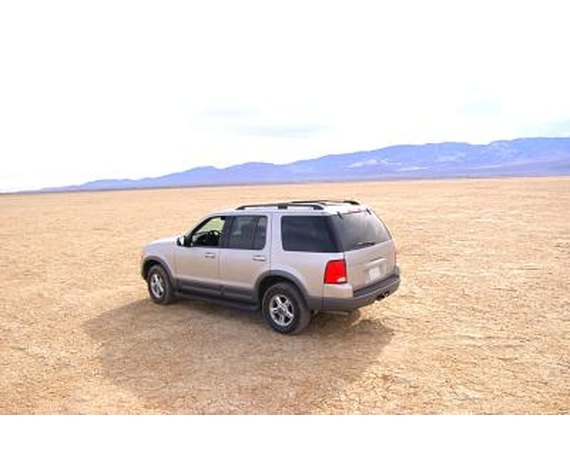
A salvage title -- referred to as a "rebuilt" title in some states -- indicates that a vehicle was wrecked, totaled out by the previous owner's insurance company and subsequently rebuilt. As a rule, banks are hesitant to finance vehicles that carry salvage titles. A salvage title decreases a vehicle's value. In the event you stop paying your auto loan and the bank has to repossess the car, the fact that the car has a salvage title could make recovering the defaulted loan balance difficult -- if not impossible -- for the bank. Although locating financing for a vehicle with a salvage title may require a bit more work than if the car boasted a clear title, some lenders will provide financing for rebuilt cars.
Instructions
- 1
Visit your own bank first and talk to a loan officer about financing a vehicle with a salvage title. If you're a longstanding customer with a good history of repaying loans and credit cards on time, your bank may make an exception for you and provide financing for a vehicle with a salvage title.
2Call around to other banks and credit unions in the area if your own bank will not work with you. Ask each customer service representative you speak with about that financial institution's guidelines for financing vehicles with salvage titles. While most banks and credit unions will not finance a salvage car, some will.
3Offer alternate collateral for your auto loan. Most banks' hesitancy stems from their inability to recover losses if you default on the auto loan. Providing the bank with collateral other than just the car, such as stocks or real estate, lowers the lender's risk -- making an auto loan on a car with a salvage title a real possibility.
4Ask the dealership where you plan to purchase the car for help securing financing. Many car dealerships have in-house financing departments and can help you locate a lender willing to work with you. Even if the dealership does not typically finance cars with salvage titles, it may make an exception for you in order to make the sale.
5Take out a private auto loan from a friend or family member. Friends and family are generally less concerned with a vehicle's value than commercial lenders. If your loved ones trust that you will repay the loan, the fact that the car carries a salvage title isn't likely to matter.























